
Jul '10 - Aug '10
The Hagia Sophia dates back to 532. It was ordered to be built by Justinian I, who chose the physicist Isidore of Miletus and the mathematician Anthemius of Tralles as his architects.
The dome used to be round, strangely, renovation of the structure bent it out of shape, it is now roughly elliptical. 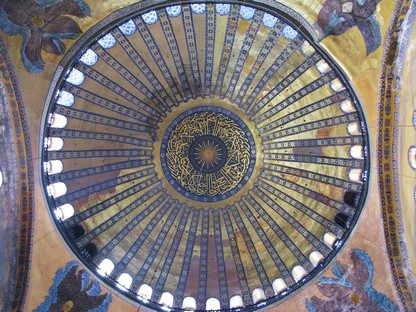
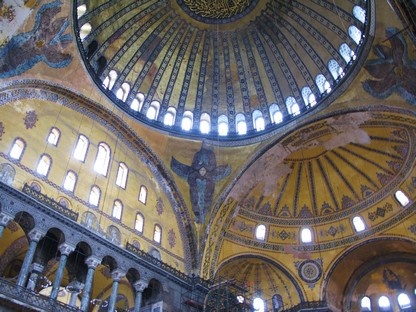
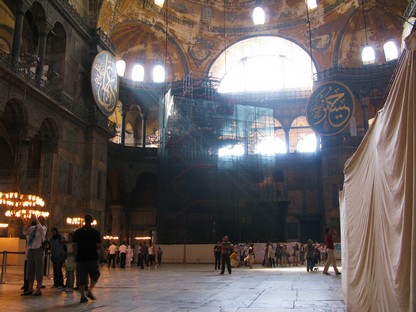
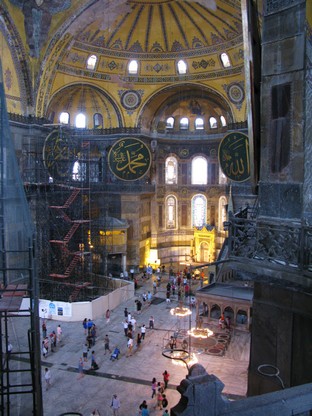
This is a Minbar, where the imam stands to deliver sermons.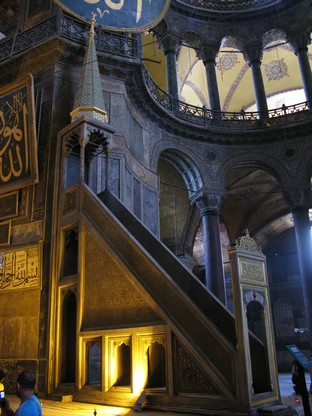
This is the Sultans Gallery, it was added to the Hagia Sophia in 1740 by Sultan Mahmud I. This gallery was built to protect the sultan from assassination.
This is one of the two Lustration urns flanking the main entrance. Lustration was a purification ritual in which the water contained in this urn was used. The urns were carved from single chunks of marble in the Roman city of Pergamum. (seen later in the trip)
The entry to the Hagia Sophia is adorned with a mosaic depicting the Virgin mother and Child flanked by Justinian I and Constantine I.

The Basilica Cistern provided water filtration for the Great Palace of Constantinople. The origin of the two stone heads of Medusa serving as pedestals are unknown.
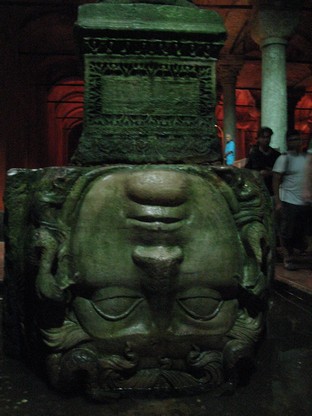
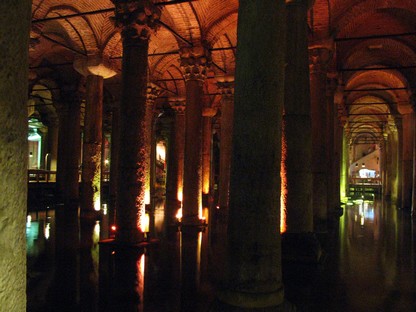

Turkey is at the crossroads of the Middle East and Europe, to this day its unique geographic position has brought with it tremendous conflict. It has been occupied by such diverse civilizations as the Hittites, the Trojans, Lyceans, Persians, Greeks, Romans, Byzantine and Ottomans, finally leading to the establishment of the modern Turkish state. In the wake of these periods of occupation, architecture from each has been deposited throughout the country.


No Comments
Block this user
Are you sure you want to block this user and hide all related comments throughout the site?
Archinect
This is your first comment on Archinect. Your comment will be visible once approved.